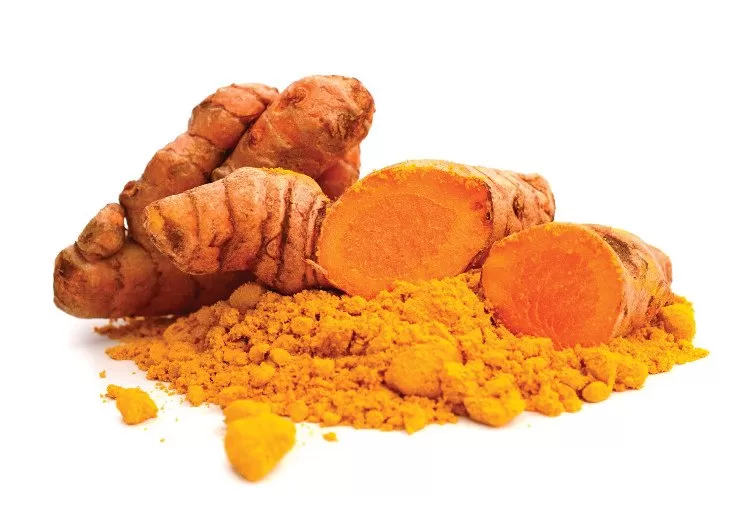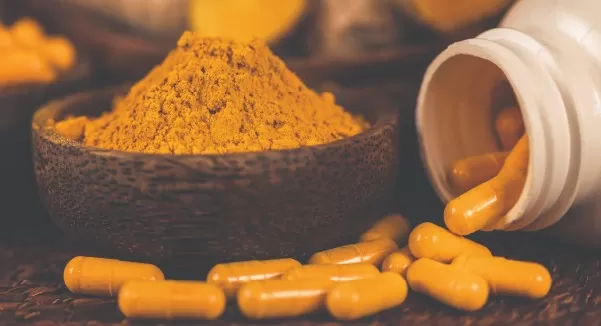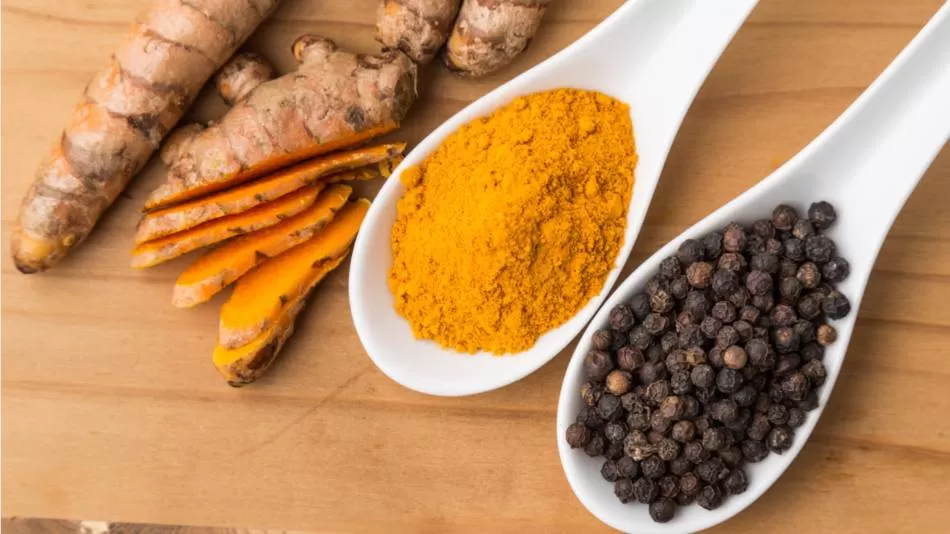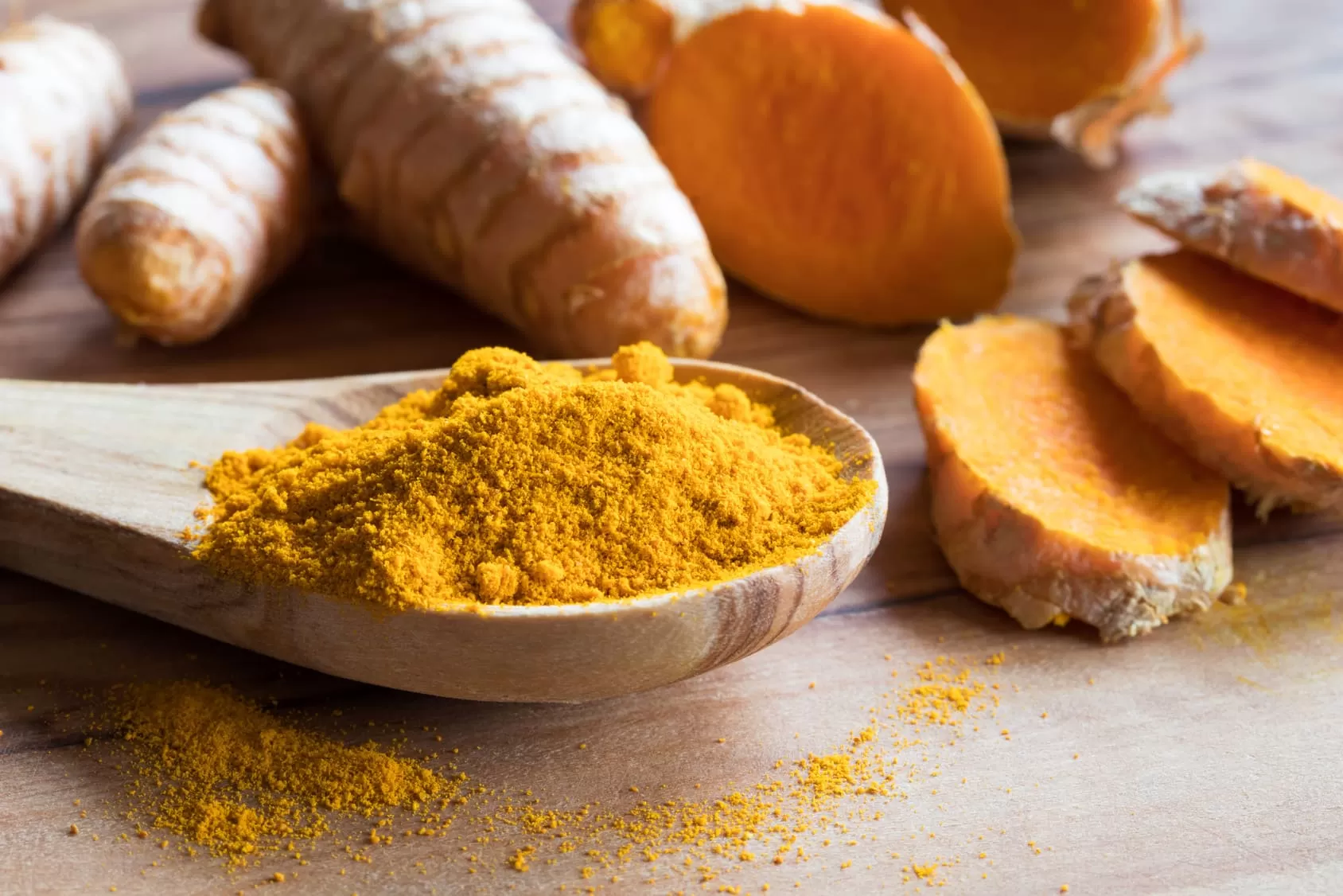- 0086-571-85302990
- sales@greenskybio.com
What is the most effective form of curcumin?
2025-04-28

Curcumin, the vibrant yellow compound that gives turmeric its distinctive color, has captured the interest of researchers, healthcare professionals, and consumers alike for its potential health benefits. Revered in traditional medicine for centuries, modern science has identified Curcumin as a potent polyphenol with anti-inflammatory, antioxidant, and anticancer properties. However, a significant challenge in harnessing the therapeutic benefits of Curcumin is its poor bioavailability. This article explores various forms of curcumin, evaluating which is the most effective in terms of absorption and efficacy.
Understanding Curcumin
Curcumin is the principal curcuminoid found in turmeric (Curcuma longa), a plant native to Southeast Asia. Despite its promising health benefits, curcumin's natural bioavailability is remarkably low. This limitation is due to its poor absorption, rapid metabolism, and rapid systemic elimination when ingested. Consequently, researchers and the nutraceutical industry have been driven to develop formulations that enhance curcumin's bioavailability, allowing for better absorption and utilization by the body.

Different Forms of Curcumin
Over the years, various formulations have been developed to improve the bioavailability of curcumin. Each approach offers unique advantages, vying for the title of the most effective form of curcumin.
1. Standard Curcumin Extract
The most basic form of curcumin, often used in supplements, is simply a powdered extract of turmeric root. While it contains a high concentration of curcuminoids, its bioavailability remains limited. This form is best used with bioavailability enhancers like black pepper extract (piperine).
2. Curcumin with Piperine
The combination of curcumin with piperine, an alkaloid found in black pepper, is perhaps the most well-known enhancement strategy. Piperine has been shown to increase the bioavailability of curcumin by 20-fold by inhibiting certain metabolic processes that break down the compound. This formulation significantly improves curcumin absorption and is widely available as a dietary supplement.
3. Liposome and Micelle Curcumin
Nanotechnology has introduced liposomes and micelles as delivery systems for curcumin. Liposomes are tiny spherical vesicles that can encapsulate curcumin, protecting it from degradation and enhancing its absorption through the intestinal walls. Similarly, micelles are nano-sized carriers that improve curcumin’s solubility in water, further boosting its bioavailability. Studies suggest that these formulations may enhance curcumin absorption several times over standard extracts.
4. Phytosomal Curcumin
Phytosomes are another innovation, where curcumin molecules are bound to phospholipids, compounds that are a key component of cell membranes. This formulation is designed to integrate more seamlessly into cell membranes, enhancing absorption. Some studies indicate that curcumin phytosomes can be absorbed nearly 30 times better than standard Curcumin Extract.
5. Curcumin Complexes
Various curcumin complexes, often employing cyclodextrins or other binding agents, have been formulated to increase curcumin's solubility and stability. Cyclodextrins are cyclic oligosaccharides that can form inclusion complexes with hydrophobic compounds like curcumin, increasing its water solubility and bioavailability.

Evaluating the Most Effective Form of Curcumin
Determining the most effective form of curcumin is not straightforward, as it depends on various factors including formulation, the intended use, and individual health needs. However, based on current research findings and bioavailability data, some formulations stand out.
Phytosomal and micelle curcumin formulations consistently demonstrate higher absorption rates in comparison to conventional forms. Phytosomal curcumin, in particular, has garnered significant attention for its improved bioavailability, making it an attractive choice for those looking to maximize curcumin's potential health benefits. Its ability to integrate more easily into cell membranes could make it more effective in delivering curcumin's therapeutic effects throughout the body.
Liposome-based formulations also show promising results, providing a highly effective way to improve curcumin absorption. Preliminary studies suggest enhanced clinical outcomes, particularly in inflammation-related conditions, although more research is needed to validate these findings across a broader spectrum of applications.
Curcumin with piperine remains a popular and effective choice due to its significant improvement in absorption and cost-effectiveness. It is widely accessible and suitable for general wellness and inflammation modulation.

Conclusion
The search for the most effective form of curcumin is an ongoing journey, propelled by scientific advancements and an increasing understanding of curcumin's pharmacokinetics. While formulations like phytosomal and micelle curcumin show great promise, the choice of the most effective form will ultimately depend on individual needs, specific health goals, and personal preferences.
Continuous research and clinical trials are essential to further elucidate the optimal ways to leverage curcumin’s health benefits. As these innovations progress, consumers are encouraged to stay informed and consult healthcare providers when selecting curcumin supplements, ensuring an approach that aligns with their health objectives and supports their overall well-being.
- ▶ Hesperidin
- ▶ citrus bioflavonoids
- ▶ plant extract
- ▶ lycopene
- ▶ Diosmin
- ▶ Grape seed extract
- ▶ Sea buckthorn Juice Powder
- ▶ Beetroot powder
- ▶ Hops Extract
- ▶ Artichoke Extract
- ▶ Reishi mushroom extract
- ▶ Astaxanthin
- ▶ Green Tea Extract
- ▶ Curcumin Extract
- ▶ Horse Chestnut Extract
- ▶ Other Problems
- ▶ Boswellia Serrata Extract
- ▶ Resveratrol Extract
- ▶ Marigold Extract
- ▶ Grape Leaf Extract
- ▶ blog3
- ▶ blog4
- ▶ blog5
-
Is curcumin good for the liver?
2025-04-28
-
Turmeric vs. Curcumin: Which is Better?
2025-04-28
-
Can curcumin have side effects?
2025-04-28
-
Curcumin Extract: When Should You Take It?
2025-04-28
-
Sugarcane Extract
2025-04-28
-
Genistein
2025-04-28
-
Nettle Root Extract
2025-04-28
-
Soy Extract
2025-04-28
-
Curcumin
2025-04-28
-
Lotus leaf extract
2025-04-28
-
Jujube Extract
2025-04-28
-
Mulberry Extract
2025-04-28
-
Hedyotis Diffusa Extract
2025-04-28
-
Shikone Extract
2025-04-28





























